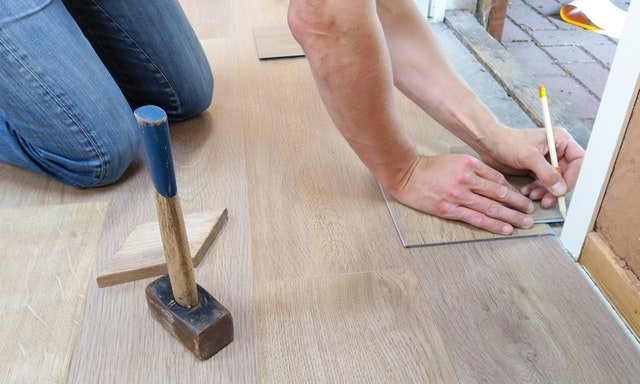A loft conversion project could be exactly what you are after, if you are thinking that you could really do with additional space in your home, but would prefer not to leave your property. Whilst a loft conversion does depend on the roof structure you have in order to create one, it does have a variety of advantages. If you are new to the world of loft conversions, and are perhaps feeling a little overwhelmed by the options available (and perhaps very crucially, where to start) then you have come to the right place. We have put together a beginners guide for you to explain all the vital things you need to be aware of when it comes to loft conversions, covering everything from costs, window options, as well as insulation and rules and regulations.
Is planning permission required?
One of your first questions regarding loft conversions is likely to be regarding the grey area of planning permission. Do you need it? Not in every case. For example, for most people looking to carry out a loft conversion, it will usually fall under the parameters of being a Permitted Development, with the design needing to meet certain regulations.
However, in some situations, planning permission could be needed. This will apply if you are looking to extend beyond the limits and conditions in place of a permitted development. Alternatively, if your home is in a conservation area, or it is a listed building, then you will also be required to get planning permission before carrying out renovations.
In addition, planning permission will also be needed if you will be making alterations to the shape or height of your roof.
In terms of dormer and roof lights, these are allowed under Permitted Developments, however, they need to meet the following conditions: they cannot sit forward of the roof plan where the principal elevation is, and they can’t be higher than the highest part of an existing roof.
If for any reason you are unsure if your planned loft conversion fits under a Permitted Development or planning permission category, check with your local planning authority first.
Can I convert my loft?
Of course, when planning a conversion you should first take into account the level of suitability.

But how do you do this? We recommend that you think about the following factors, such as:
- Roof structure
- Roof pitch
- Available head height
- Obstacles such as chimney stacks
Don’t forget building regulations
Regardless of whether or not your loft conversion falls under the Permitted Development category, or needs planning permission, you will absolutely need to have Building Regulations approval.
How does this work in practice? What will happen, is that a specialist surveyor will come to your property to take a look and assess the conversion taking place during its various points of development. On the final inspection of the conversion, the surveyor will provide a completion certificate to you.
The Party Wall Act
Do you live in a terraced or semi-detached property? Then if you are building a loft conversion, you will need to inform your neighbours about the work that will be undertaken beforehand. This is if it falls under the conditions stated in the Party Wall Act.
Is moving the water tank necessary?
Depending on your property, it could be the case that you will need to move the water tank to have the loft conversion. If there is not adequate space for the plumbing and water tanks in the roof, you can replace the hot water and heating system with a sealed system. In the majority of cases, an unvented hot water cylinders is a better than replacing a typical boiler with a combi boiler.
Will I also need new ceiling joists?
If you are carrying out a loft extension project, then you will most likely find that it will be necessary to obtain new ceiling joists, in order to fully comply with building regulations. This is due to it being the case that the existing joists will unlikely to be able to fully take a conversion floor.
In terms of the size and grade of joist needed, this is something that your structural engineer will inform you of.
How do I insulate my loft conversion?
Another aspect you will need to keep in mind is how you intend to insulate your loft conversion, and consider the options you have. The two main ways you can insulate them are through:
- A cold roof loft insulation: this tends to be the preferred option, due to its straightforwardness. It will involve filling the space that is in between the rafters with slab foam insulation. Adequate spacing is needed between the roofing felt and insulation for proper ventilation.
- A warm roof loft insulation: using 100m Celotex insulation or something similar in nature over the rafters as well as a covering capping, tile battens and tiles. It tends to be a less practical option for most people carrying out a loft conversion unless the roof coverings have already been stripped off.
There are other options available too, such as:
- Insulating the party walls: this is to protect the loft conversion against noise as well as heat loss if you have timber studwork with mineral fibre insulation. It can also be covered with sound-rated plasterboard.
- Floor insulation: another option is insulating the floor, through a mineral fibre quilt, which is then placed between the joists.
Who designs the loft conversion?
You have a few options when it comes to choosing who designs the loft conversion. Keep in mind they will deal with planning permission if needed as well as building regulations approval on your behalf too.
If you have bespoke specifications in mind, it could be better for you to choose a designer or architect. However, if you are looking for an all-inclusive service then you may find a design and build contractor a more preferable option for you instead. It all depends on your individual needs and requirements for a loft conversion.


